In this series, we interview the founders and CEOs behind Metaverse companies. The metaverse is fully in development, and many different technologies are involved in this process. These inspiring people are at the frontier of developing a future where the online and physical worlds merge.
In this interview, we get to talk with Rooom founder Hans Elstner. Rooom provides an all-in-one platform for enterprise-level metaverse creation. This includes creating, managing, and sharing impressive 3D, AR, and VR experiences, for example, virtual showrooms, 3D product presentations, and virtual events.

Can you tell us a bit about yourself?
My name is Hans Elstner, and I’m the founder and CEO of rooom.com. I’ve been fascinated by tech since I was a teenager. I got my first computer for gaming when I was twelve. At thirteen, I realized that I could play and program games on it. I studied Internet Business Engineering and founded a digital transformation agency while still in college. This involved consulting with companies such as Bosch, Linamar, Sumito, and Hewlett-Packard in digital transformation and platform economy.
What is the metaverse, according to you?
The metaverse is formed by permeating the real world with a digital counterpart. This is then mediated through virtual reality (VR) and augmented reality (AR) technologies. Although many virtual worlds might exist, their interconnection and interaction converge to the metaverse. The interaction with 3D content and 3D environments is core to this concept. It opens the possibility of digital twins, a virtual social presence, and a digital collaborative space. The metaverse might be called Web 3D. It’s adjacent to Web 3.0, characterized by decentralization, blockchain technology, and digital ownership.
When and how did you realize the metaverse was going to be real?
Aside from the VR and AR aspects, we’re already there with the Internet. We have interconnected and persistent virtual platforms based on open standards. And we have people interacting with each other through these platforms. Not to mention today’s kids playing Fortnite, Minecraft, or Roblox with each other. They’re already using, creating, and shaping those Metaverses. So it’s more of a gradual development of the Internet at large. I don’t think you can point to a specific time or date and call it the beginning of the metaverse.
According to you, what does it take for the metaverse to become mainstream?
For one, we are still collectively finding the best use cases for the metaverse. There is a difference between the best use cases in the industrial and business world and those for consumers. Specialized use cases can and frequently do develop over time. And they go largely unnoticed by mainstream users. An example would be the training of highly specialized industrial equipment. For the consumers, its convenience and ease of use ultimately make or breaks the metaverse.
Even the best virtual experience will be inaccessible to the mainstream if it requires clearing an entire room. Or, for instance, blinding yourself from the real world. This is why we value being platform-agnostic so much. The mainstream can be hooked when a great experience is possible with a headset and a smartphone or a laptop.
What triggered you to start your metaverse company?
When I was younger, I was hooked on creating 3D worlds within my computer games. Later, when I set up my digital consulting business, I realized there was a lack of options in the business space to make 3D visualizations. So in 2012, we started working on the Rooom platform. Four years later, we founded the company.
One of the most exciting things about making a metaverse company is seeing how much it was shaped by the experiences of playing and making video games in the 90s. The compression algorithms we use to make our platform run on low-bandwidth hardware are inspired by those that game developers used back then to create experiences that were technically ahead of their time.
What’s the story behind your company?
You may have noticed the third “O” in our name. That’s three Os, one for each dimension in the 3D space. Our customers are all businesses, some with a business audience and some targeting consumers. We saw a real need for businesses to make 3D visualizations for many fields easily. So we had the goal of providing companies with applications to do so.
We founded Rooom as a stock company in Jena, a town in Thuringia known for its University and academic excellence. We offer a comprehensive platform for 3D/AR/VR experiences with four essential parts. We’re now distributed over five offices in Germany and the US. And we employ over 130 people.
These are Rooom spaces for the 3D environments, Rooom products for showcasing 3D models of products, Rooom events for creating virtual meetings and trade shows, and Rooom immersions for AR applications.
What does your company solve?
We aim to democratize the metaverse and tear down its biggest barriers to entry. Many companies want to make spatial and three-dimensional experiences accessible for their customer base, both in the B2B and B2C sectors but are hesitant because of these barriers. They think designing, creating, and maintaining virtual worlds requires a high degree of expertise.
And they believe that most people will not gain much from this without specialized hardware. Rooom solves both problems by making it easy to create virtual spaces through a WordPress-like CMS. And by providing low-bandwidth 3D rendering technology that runs on almost any 2D or 3D device.
John Radoff describes the value chain of the metaverse with 7 layers. In which layer(s) does your company operate? Can you give an example?
Our company operates on several of the layers described by John Radoff. Rooom.com provides a Human Interface for the metaverse and a cloud-based service for the Spatial Computing layer through its Web-based platform.
The Creator Economy is provided with its easy-to-use interface. Retailers can create virtual showrooms as per the Discovery layer. And the Experience layer is served through social events, meetings, virtual escape games, and more.
We cover the complete Metaverse Value Chain by providing tools to let customers create their worlds. This chain begins with scanning objects to make 3D models in Rooom Products. It then proceeds to use those models to make photorealistic renderings. This then moves to showcase them in the real world through AR and virtual worlds through Rooom Spaces and Events.
Who were the people who have been the most helpful in getting you to where you are today? How did they impact your life and your success?
Well, on the one hand, my family, of course. And especially my parents. They have always supported me and set an example of entrepreneurship and creativity. Likewise, they’ve encouraged those traits in me. Secondly, my wife encouraged me to pursue my idea of a 3D platform and to found Rooom. She’s incredibly supportive of me at work and in my personal life.
Then there’s my brother and friends. Some now work at Rooom, and others I met through Rooom. And, of course, the whole team behind Rooom. The commitment, energy, and inventiveness are incredible. I also had a lot of support from mentors and investors who were, and are, role models and teachers through their experience and know-how.
What do you hope the metaverse will look like in 10 years?
The metaverse will be the next generation of today’s Internet thanks to collaboration and interoperable open standards. No one company will control it, but anyone will be able to create spatial experiences as easily and independently as they do today in Web 2.0. AR glasses will be a widespread accessory for those experiences as their form factor shrinks. This will be similar to the way we currently use smartphones.
How do you envision your company’s role within the metaverse in 10 years?
Ten years sounds like a long time, but when it comes to the metaverse, we are still only talking about its infancy, according to Gartner. We are already one of the top management services providers in this hype cycle. We hope to only go up from here. We also call the Rooom platform “the WordPress of the Metaverse”. We also hope to continue this path, given that half of all websites are built on WordPress.
Finally, we’re continuously improving the technology that enables our vision of a Metaverse on any device – compression algorithms and such. We hope to see it more widely adopted in the future. Our efforts with organizations such as the Metaverse Standards Forum will hopefully continue and contribute to the proliferation of open standards in the future.




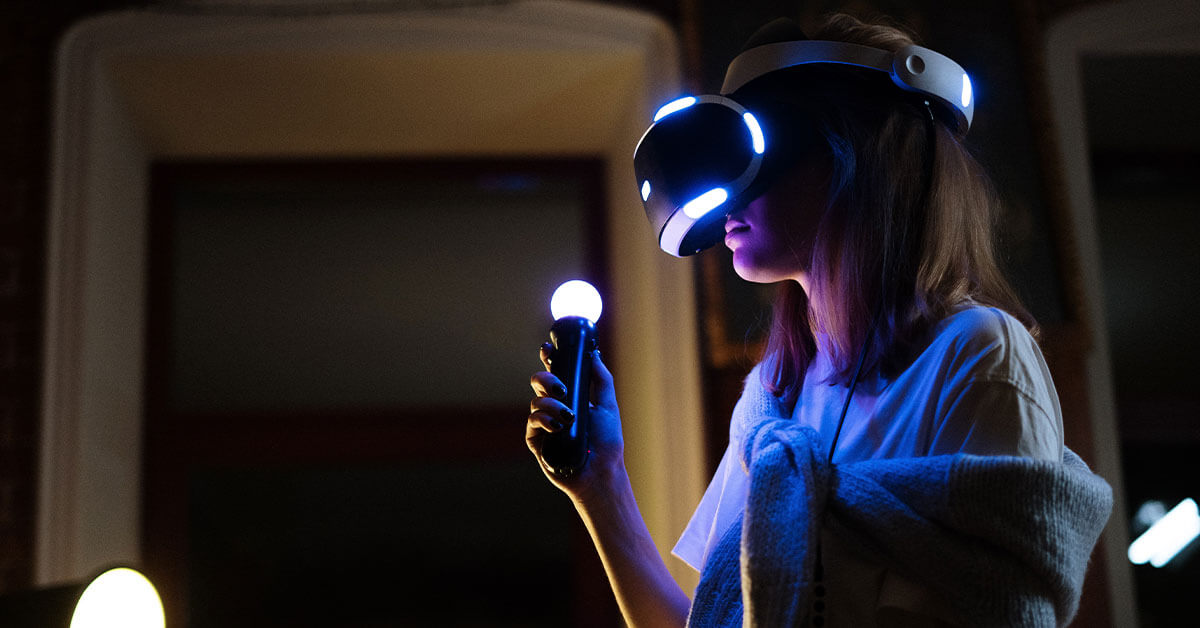
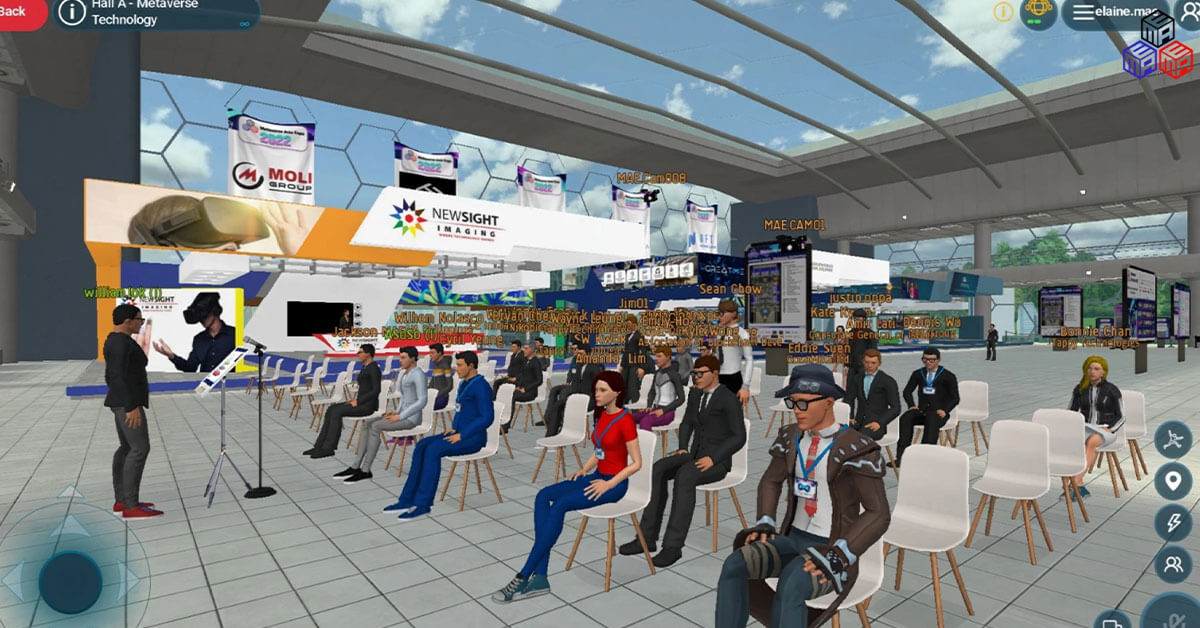
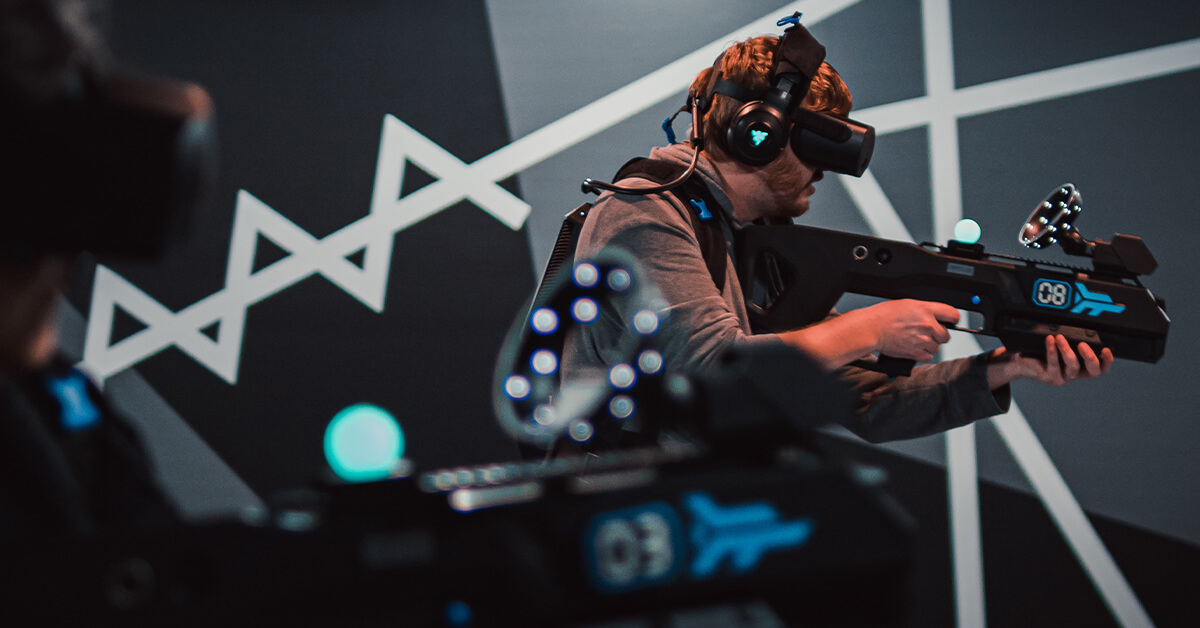
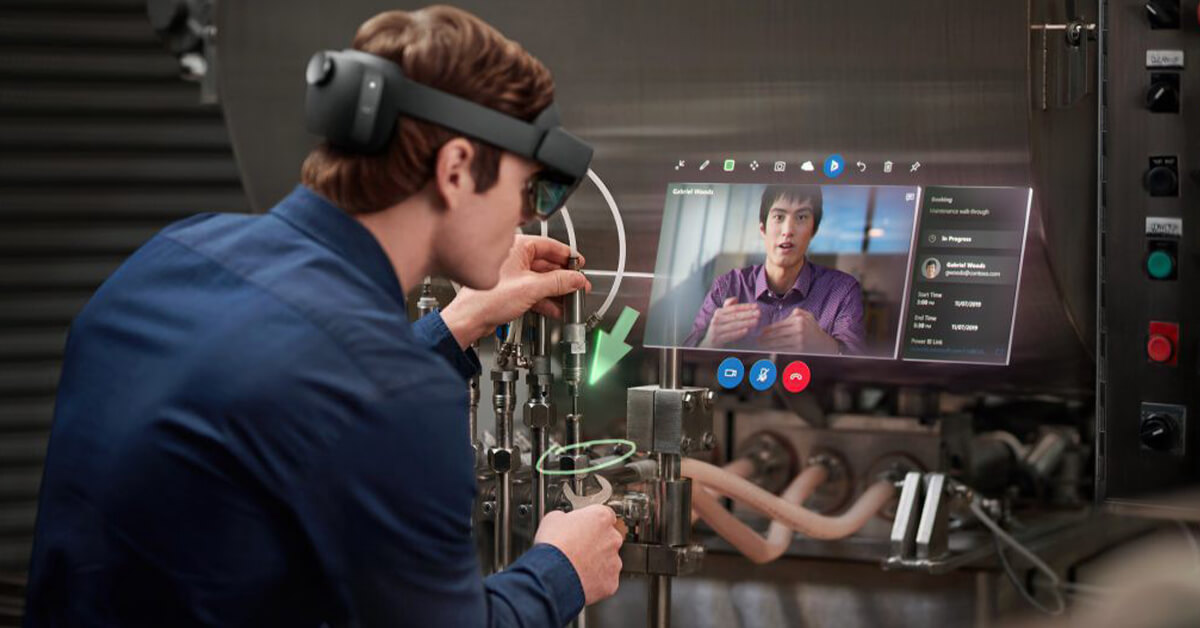
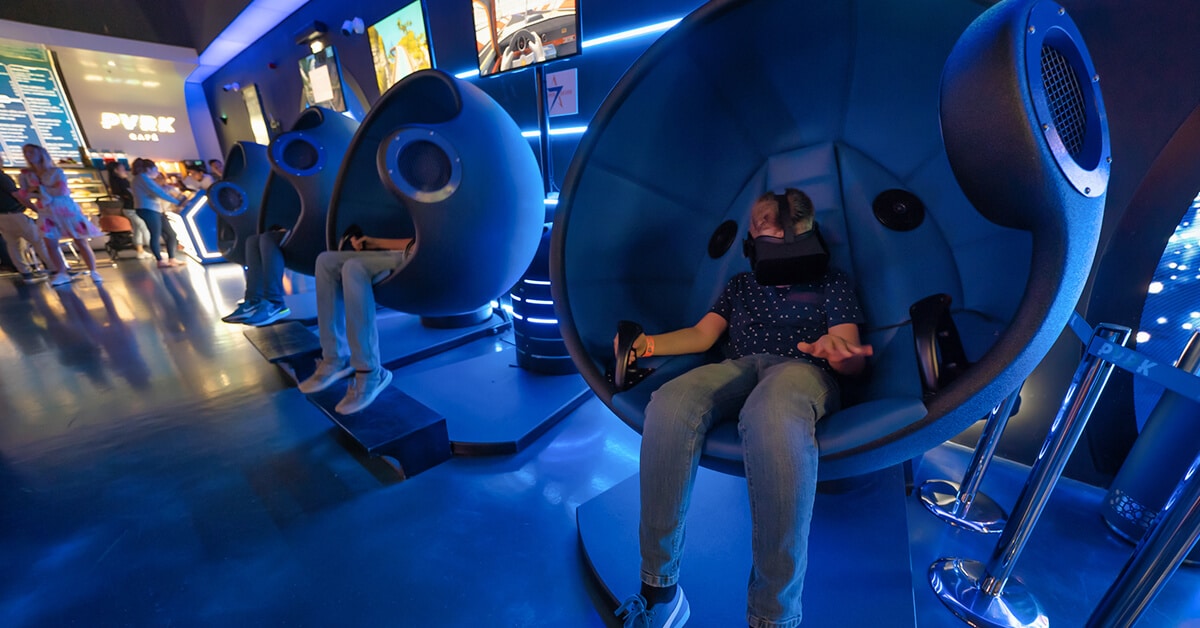

Leave A Comment